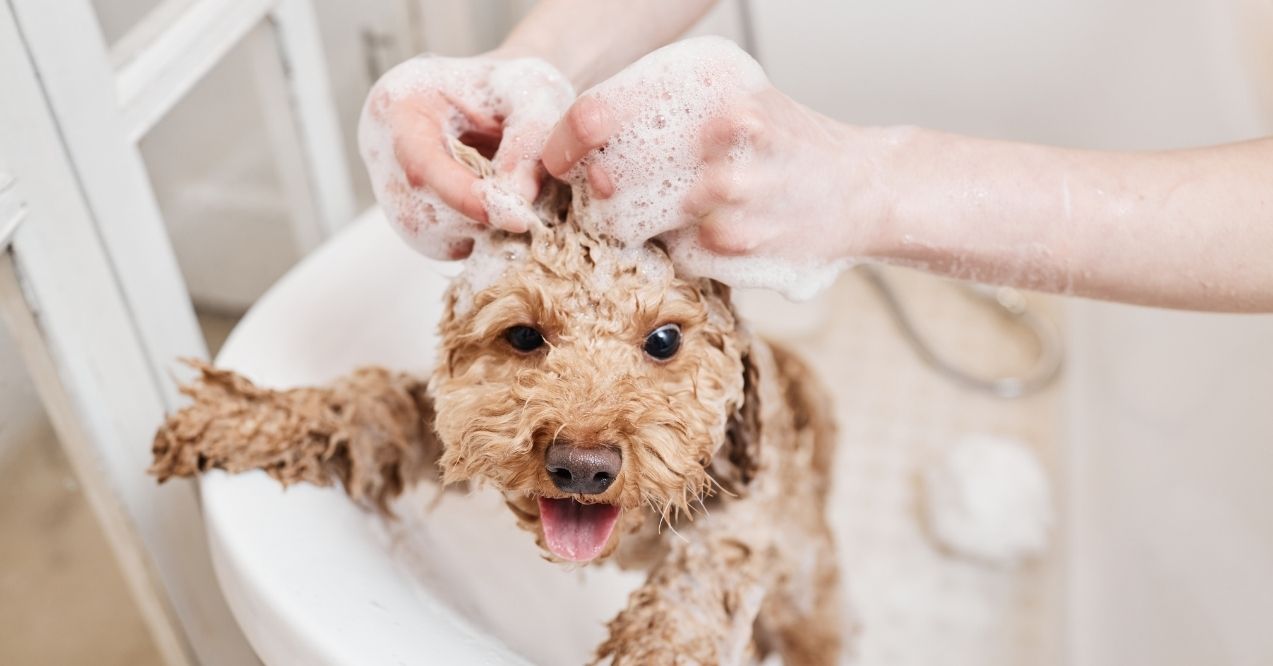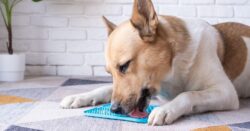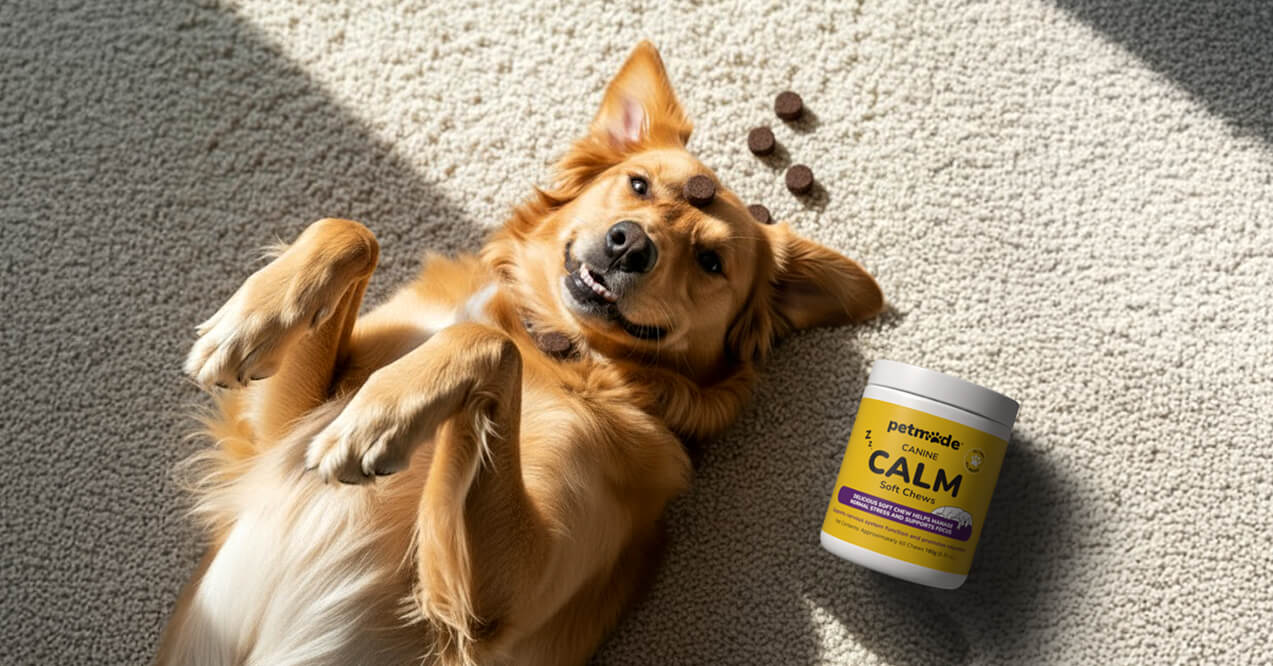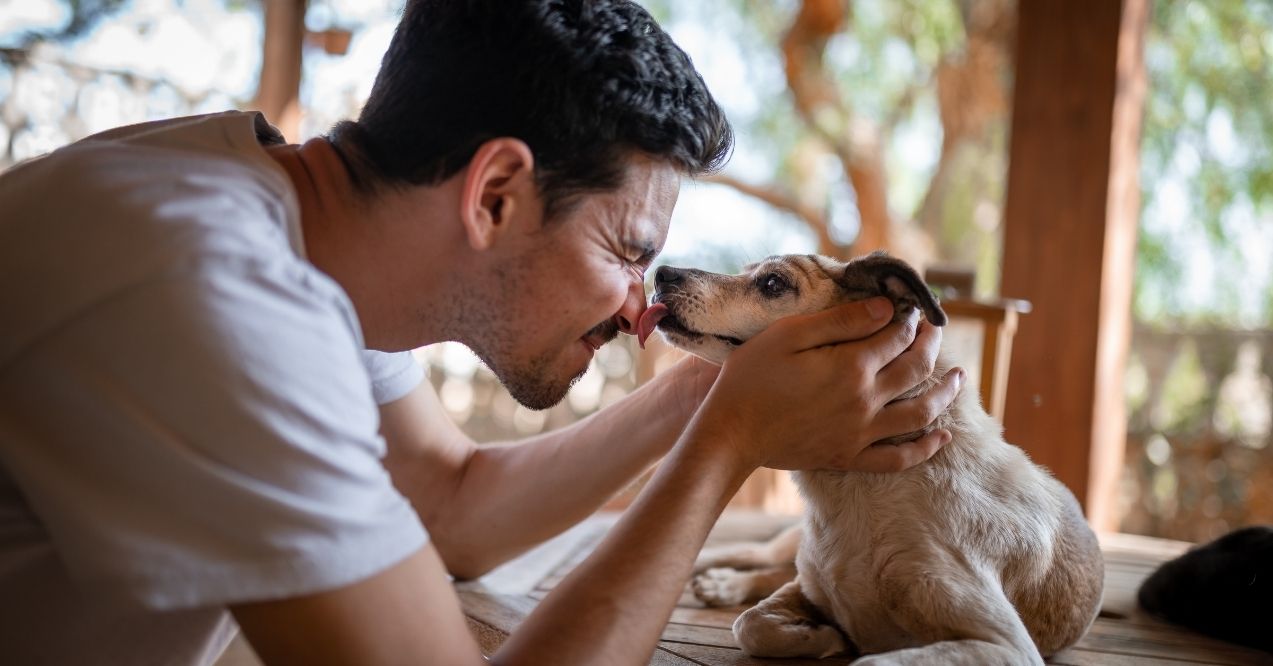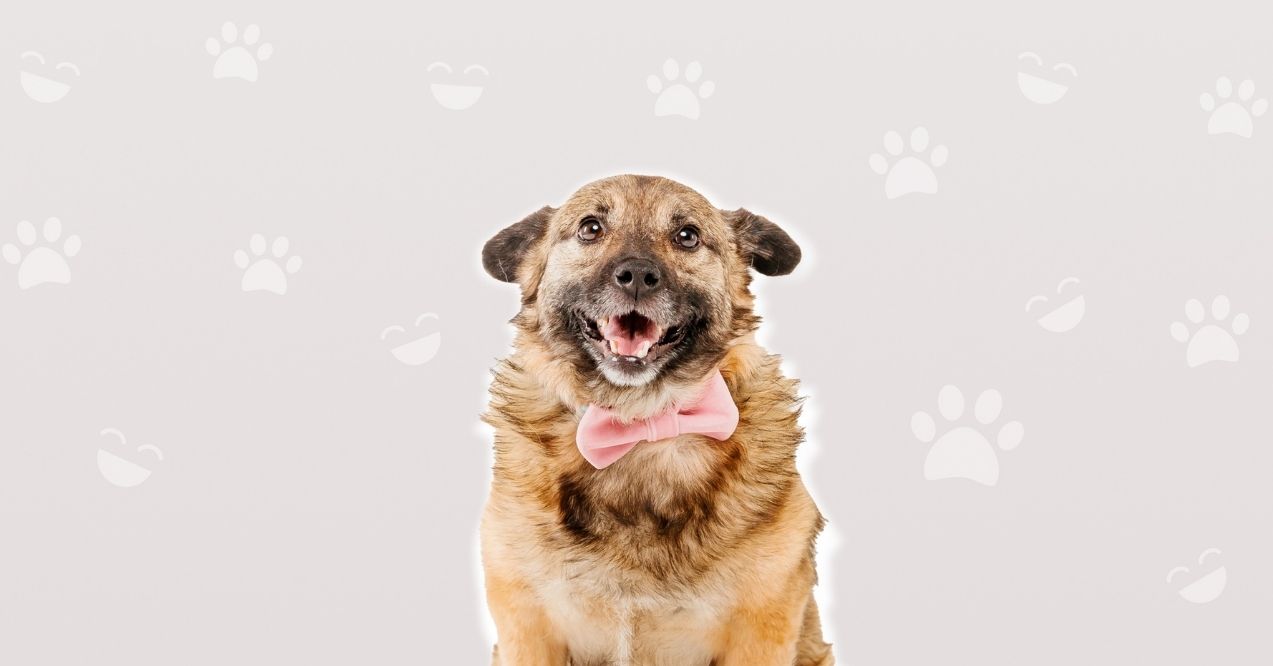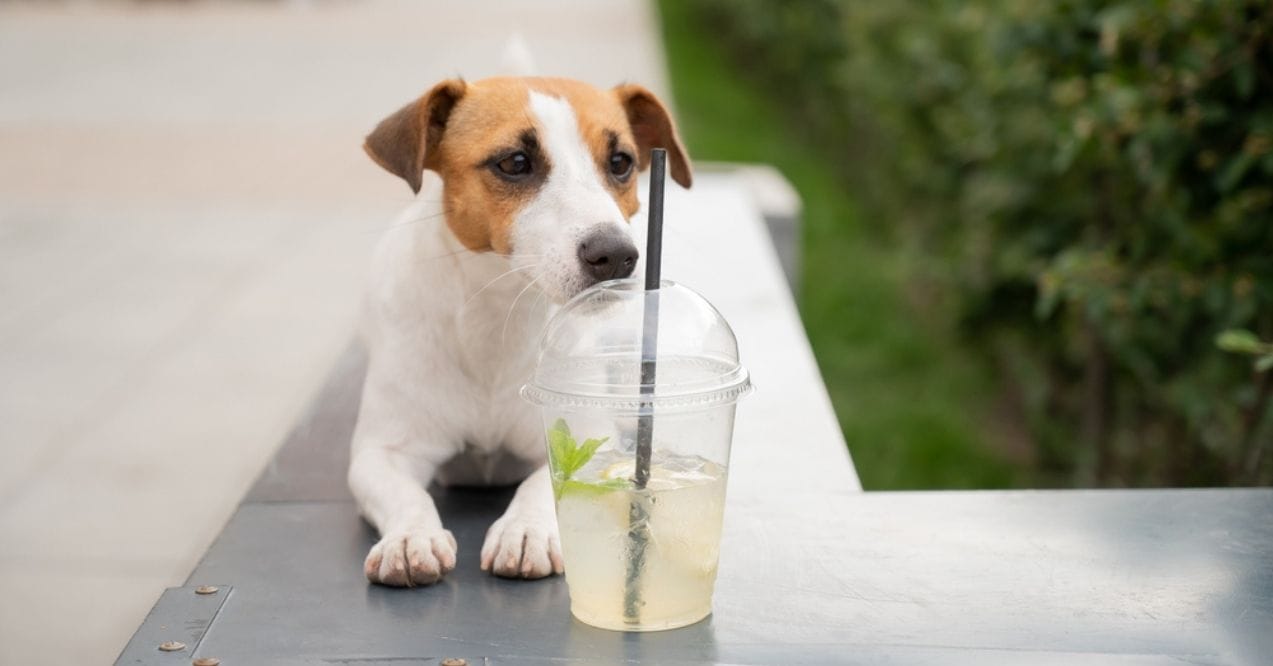How Often Should You Bathe Your Dog?
Bath time can be a splashy adventure or a peaceful bonding moment with your furry friend. As pet parents, we all want our dogs to feel fresh and comfortable, but finding the right bathing schedule isn’t always straightforward. The answer to how often should you bathe your dog depends on several factors unique to your pup.
Your dog’s coat type, daily activities, and age all play important roles in determining their ideal bathing frequency. Some dogs thrive with monthly baths while others need weekly scrub-downs. This guide will help you create a personalized hygiene routine that keeps your dog healthy, happy, and smelling great.
Why Bathing Matters for Your Dog’s Well-Being
Regular bathing does more than keep your dog looking presentable – it’s an essential part of their overall wellness routine. Clean skin and fur help prevent irritation, reduce allergens in your home, and allow you to spot any unusual lumps or skin changes early. A good bath removes dirt, dead skin cells, and excess oils that can build up over time.
Your dog’s coat type and activity level directly influence how often they need a proper wash. Dogs with oily coats or those who love rolling in mud puddles naturally need more frequent cleaning than indoor lap dogs with short fur. By establishing a consistent bathing schedule, you’re supporting your dog’s natural skin health and preventing potential issues before they start.
Regular bathing provides preventive care that keeps your pup comfortable and fresh. It goes beyond responding to obvious dirt or odors – it maintains optimal hygiene for your four-legged family member.
Signs Your Dog Needs a Bath
Watch for these clear indicators that bath time has arrived. A noticeable odor is often the first sign, even before visible dirt appears. You might also notice your dog’s coat feeling greasy or looking dull instead of shiny.
Excessive scratching or licking can signal skin buildup that needs attention. Visible dirt, mud, or debris in the fur obviously calls for immediate cleaning. Some dogs, especially seniors, may develop stronger odors more quickly.
Pay attention to these gradual changes to establish the perfect bathing routine for your individual dog.
How Often Should You Bathe Your Dog?
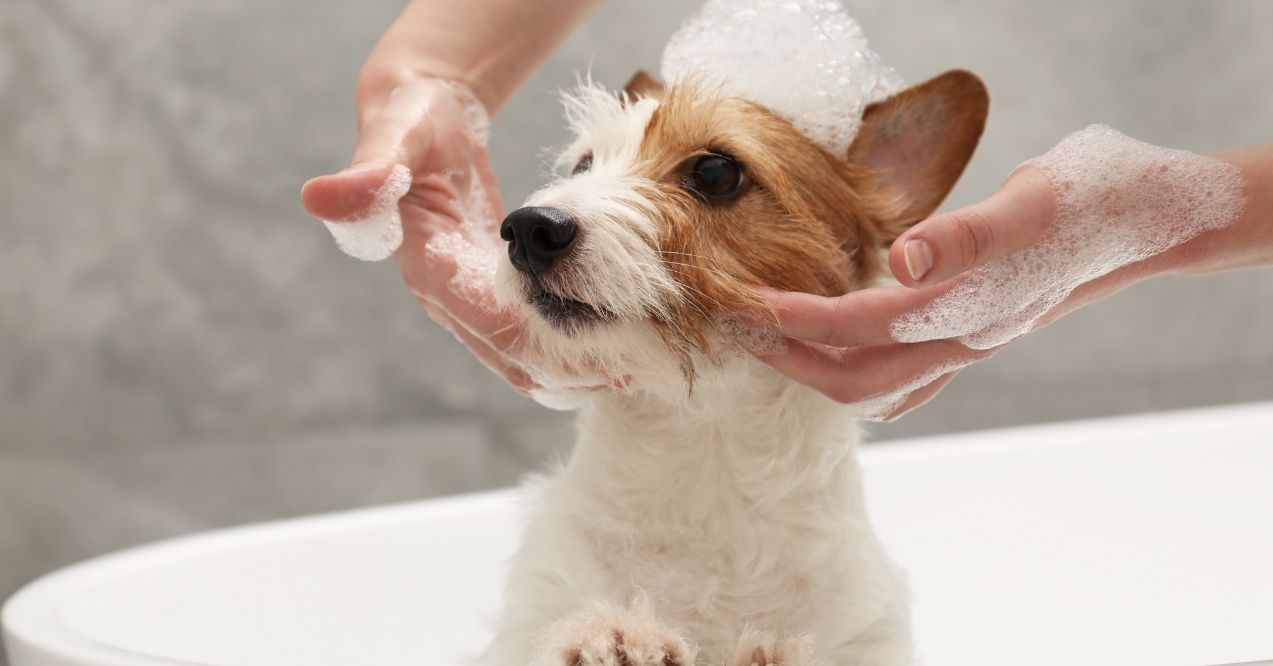
Most dogs benefit from bathing every 4-12 weeks, but this general guideline has many exceptions. Your dog’s unique combination of coat type, skin condition, and lifestyle determines their ideal schedule. Indoor dogs with minimal outdoor exposure can go longer between baths than adventure-loving pups who explore daily.
Consider your dog’s individual needs rather than following a rigid schedule. A dog who swims regularly might only need rinsing with water, while a couch potato with an oily coat may need weekly baths despite limited activity. Observing your dog’s skin and coat condition helps you fine-tune their bathing frequency over time.
The goal is finding that sweet spot where your dog stays clean and comfortable without overdrying their skin. Let’s explore how different factors influence this balance.
Active vs. Sedentary Lifestyles
Dogs who hike trails, swim in lakes, or play at dog parks typically need baths every 2-4 weeks. These active pups encounter more dirt, bacteria, and environmental allergens during their adventures. Breeds like Labrador Retrievers and Border Collies often fall into this category.
Less active dogs can stretch bath time to every 8-12 weeks. Indoor dogs like French Bulldogs or older pets with limited mobility stay cleaner naturally. Adjust frequency based on individual activities rather than breed alone.
Coat Types and Bathing Frequency
Different coat types have unique care requirements that affect bathing schedules. Here’s a helpful breakdown:
Coat Type Bathing Frequency Reason Short-haired (Beagles, Boxers) Every 6-12 weeks Natural oils protect skin; minimal dirt retention Medium to long-haired (Golden Retrievers, Collies) Every 4-6 weeks Fur traps dirt and debris more easily Oily breeds (Basset Hounds, Cocker Spaniels) Weekly to bi-weekly Excess oil production needs regular management Hairless breeds (Chinese Crested, Xoloitzcuintli) Weekly No fur protection; skin needs frequent cleaning Double-coated breeds (Huskies, German Shepherds) Every 8-12 weeks Natural insulation; too frequent bathing disrupts coat
Bath vs. Shower – What’s the Difference for Your Dog?
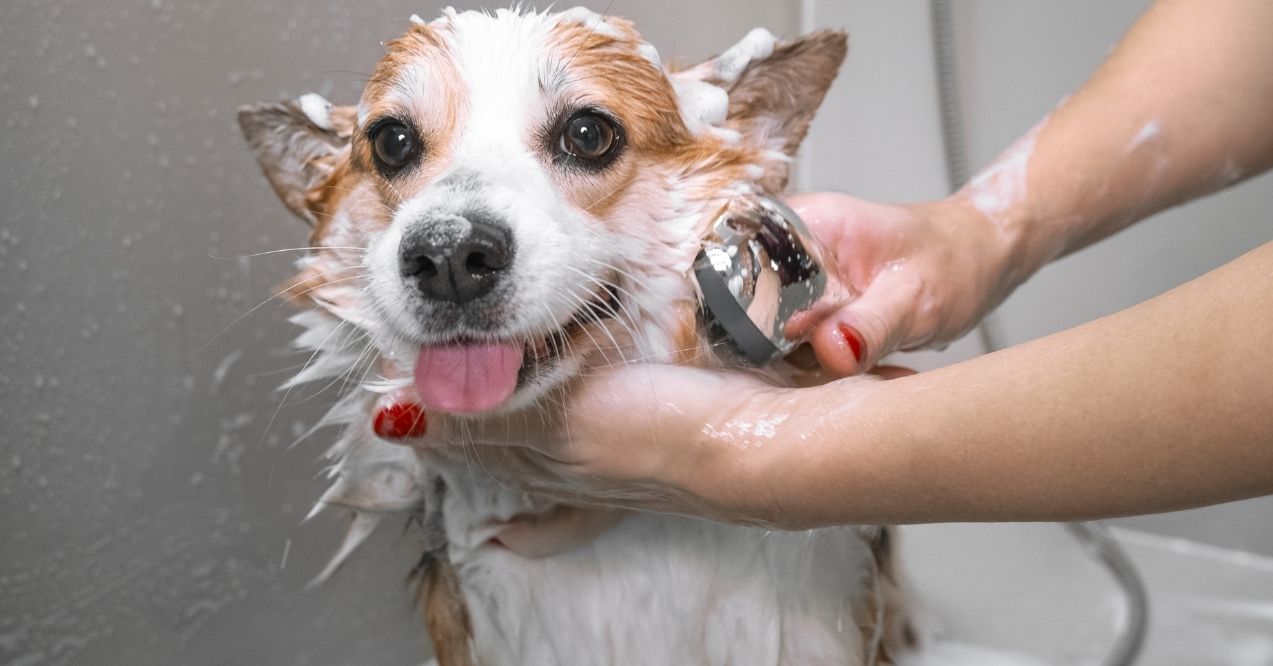
Not every messy situation requires a full bath with shampoo. A quick rinse or shower using just water effectively removes surface dirt, sand, or salt after beach trips and muddy adventures. This distinction helps protect your dog’s natural oils while keeping them clean between scheduled baths.
Full baths involve thorough shampooing, lathering, and complete cleaning of the skin and coat. Save these for your regular bathing schedule or when your dog genuinely needs deep cleaning. Quick showers work perfectly for post-walk mud removal or cooling down on hot days.
Feel confident giving your dog a water-only rinse whenever needed. How often can you shower a dog with just water? As often as necessary! Water alone won’t strip essential oils or cause skin irritation like frequent shampooing might. This flexibility lets you maintain cleanliness without disrupting your dog’s skin health.
How to Give Your Dog a Bath
Creating a positive bathing experience sets the foundation for stress-free grooming throughout your dog’s life. The key lies in preparation, patience, and making the process enjoyable for both of you. A calm approach helps nervous dogs relax while energetic pups learn to settle during bath time.
Start by choosing the right location – a bathtub, walk-in shower, or outdoor washing station all work well depending on your dog’s size. Water temperature matters too; lukewarm water feels most comfortable on canine skin. Having everything ready before bringing your dog to the bath area prevents scrambling and reduces anxiety.
Transform bath time from a chore into quality bonding time. Your relaxed energy and gentle handling communicate safety and trust to your dog.
Prep the Space and Supplies
Successful baths start with proper preparation. Brush your dog thoroughly to remove loose fur, mats, and tangles that become harder to manage when wet. Place a non-slip mat in your tub or shower to help your dog feel secure on their feet.
Gather your supplies within easy reach: gentle dog shampoo, several towels, and high-value treats for positive reinforcement. Close bathroom doors to prevent escape attempts. Some dogs appreciate having their favorite toy nearby for comfort during the process.
Bathing Process
Begin by wetting your dog’s coat completely with lukewarm water, working from neck to tail. Avoid spraying water directly on their face, which can startle even calm dogs. Apply a small amount of dog shampoo and work it into a gentle lather using circular motions.
Focus on areas that get dirtiest: paws, belly, and rear end. Keep soap away from eyes and ears to prevent irritation. Massage the shampoo down to the skin, which helps distribute natural oils and provides a soothing sensation.
Rinse thoroughly until water runs clear – leftover soap residue can cause itching and discomfort later.
Aftercare for Skin and Coat Health
Towel dry your dog immediately, absorbing as much water as possible with gentle squeezing motions. Dogs with thick or double coats may benefit from a blow dryer on low heat, keeping it moving to prevent hot spots. For dogs prone to dry skin, consider applying moisturizing spray afterwards.
Brush the coat once fully dry to remove any remaining loose fur and prevent matting. This final step redistributes natural oils throughout the fur for a healthy shine. Some dogs benefit from occasional oil treatments between baths.
How Often to Bathe a Puppy? (and When to Start)
Puppies can safely enjoy their first bath around 8 weeks old, once they’re settled into their new home. What age can puppies have a bath becomes less important than ensuring they’re healthy, warm, and comfortable throughout the experience. Use specially formulated puppy shampoos that are extra gentle on delicate skin.
How often to bathe a puppy typically falls between every 4-6 weeks unless they get particularly messy during play. Young dogs benefit from positive early experiences with water and grooming. Keep initial baths short and sweet, focusing on building confidence rather than achieving perfect cleanliness.
Between full baths, spot-cleaning with a damp cloth handles most puppy messes. Regular brushing and paw wipes often eliminate the need for frequent full baths. As your puppy grows, gradually extend bath time and introduce new elements like blow drying to prepare them for adult grooming routines.
Conclusion
Finding the right bathing schedule for your dog doesn’t have to be complicated. By considering your dog’s coat type, activity level, and individual needs, you can create a routine that keeps them clean and comfortable year-round. Most dogs thrive with baths every 4-12 weeks, but active pups and certain coat types may need more frequent washing.
Dogs and baths can become an enjoyable experience when approached with patience and the right techniques. Whether you’re caring for a mud-loving adventurer or a pristine indoor companion, the key is consistency and observation. Pay attention to the signs your dog needs a bath and adjust your schedule accordingly.
Your dog’s bathing routine is just one part of their overall care, but it’s an important one that supports their health and strengthens your bond together.
Active dogs can be bathed weekly if needed, but use moisturizing shampoos to prevent skin dryness.
Start with positive associations using treats, go slowly, and consider professional grooming if needed.
No, human shampoo has the wrong pH for dog skin and can cause irritation.
Yes! Water-only rinses are safe daily and won’t damage your dog’s coat or skin.
Advertisement. This site offers health, wellness, fitness and nutritional information and is designed for educational purposes only. You should not rely on this information as a substitute for, nor does it replace, professional medical advice, diagnosis, or treatment. If you have any concerns or questions about your health, you should always consult with a physician or other health-care professional. Do not disregard, avoid or delay obtaining medical or health related advice from your health-care professional because of something you may have read on this site. The use of any information provided on this site is solely at your own risk.
